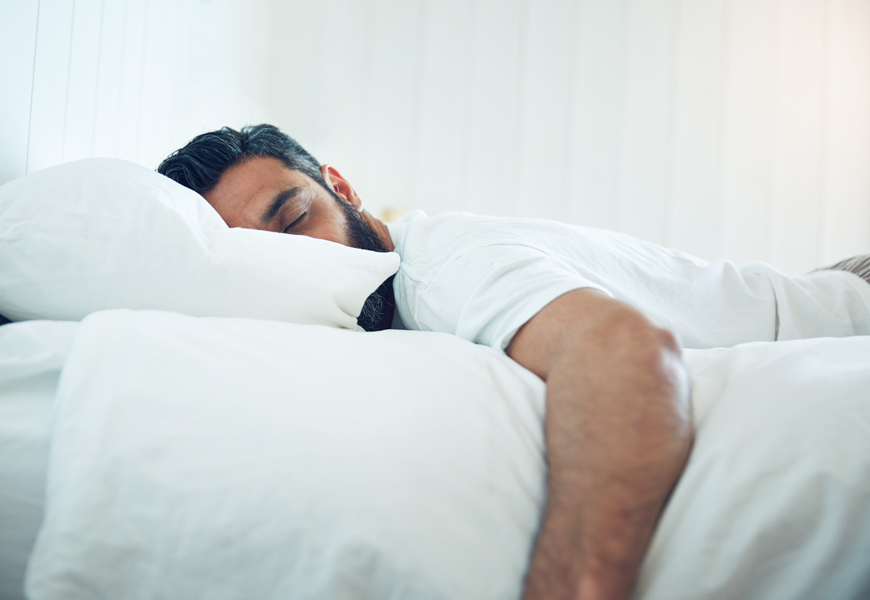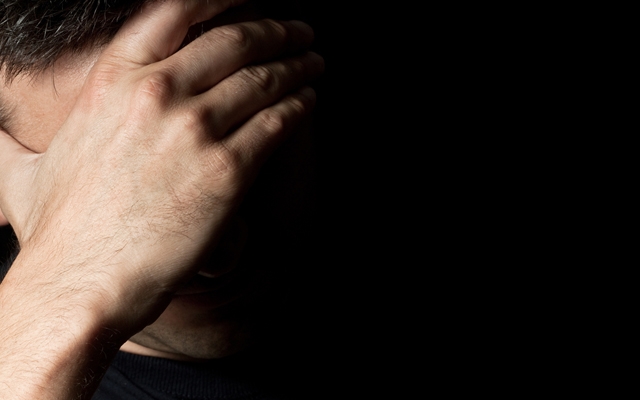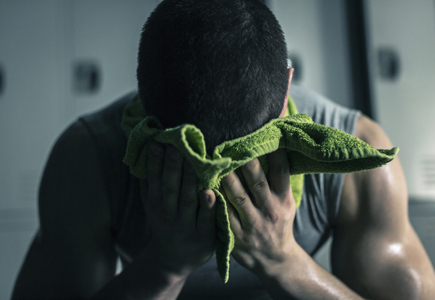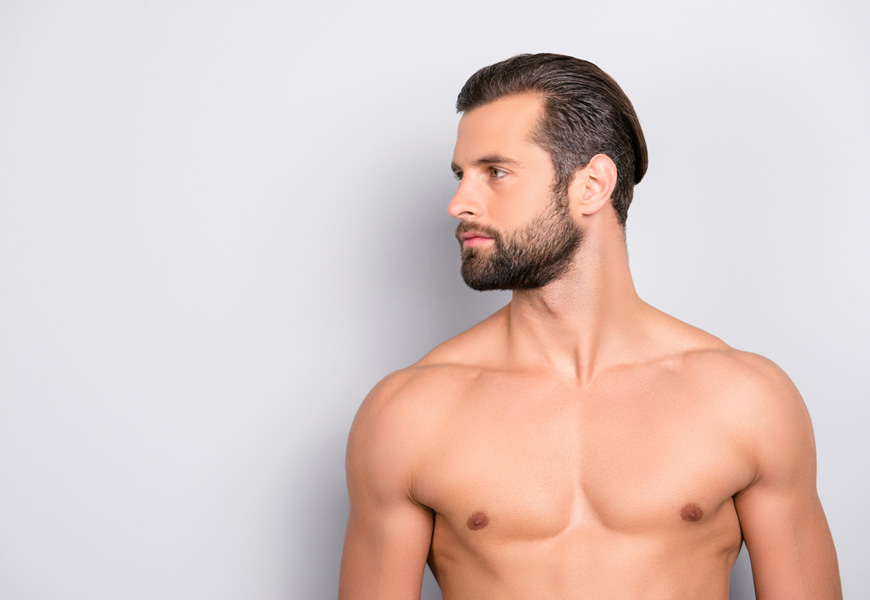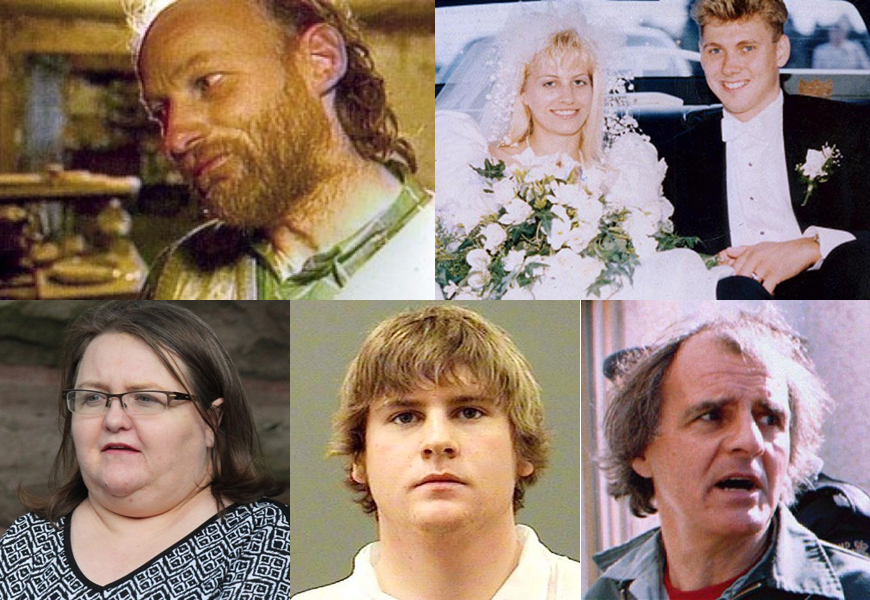Napping is a divisive concept. Some people can fall asleep anywhere, and will take every opportunity to get one more minute of shut eye they can get. Others will avoid napping because they end up waking up feeling disoriented and even more exhausted than they were before. It’s no secret that getting enough sleep is important. During long periods of sleep, our bodies are growing muscle, repairing tissue, and synthesizing hormones to make sure we feel rejuvenated when we wake up the next morning.
Humans are known as monophonic sleepers, meaning our days are divided into two distinct periods: one for sleep and one for being awake. More than 85% of other mammalian species are polyphasic sleepers which means they sleep for short periods throughout the day. Obviously, the fact that we have to work eight hours a day has a huge impact on our sleep patterns. That schedule also dictates our eating habits and socializing time so clearly there’s no getting around the fact that sleep is a huge driving force in most of our lives.
There are three types of napping: planned, or preparatory, which you might do if you know you’re going to be up later than usual and you want to be able to keep your energy up later; emergency, which happens when exhaustion hits you suddenly and you have to nap in order to combat fatigue; and habitual, which means you have a habit of napping at the same time every day, kind of like young children do.
Some people can fall asleep anywhere, any time, including sitting up while the TV is on full blast and people are having a conversation around them. Others need pitch black, the perfect temperature and a very specific type of quiet that allows them to relax and block out distractions. The kind of napper you are probably informs whether you consider naps a “good” or “bad” thing.
Either way, if you’ve ever woken up three hours after you laid down for what you thought would be a quick power nap, you know the struggle of having no idea where you are, how long you’ve been out, or what you’re supposed to do next. It passes, of course, but it’s still a weird feeling to wake up mid-evening feeling so completely out of sorts. Not to mention, there’s no way you’ll be getting to bed at your regular time that night.
That feeling shouldn’t scare you away from napping completely though. The key to napping productively is to keep the shut eye to around 30 minutes. It’s just enough time to shut your brain off for a little while and drift off but not so long that you fall into REM sleep and have a hard time waking up.
Napping isn’t a new concept. Highly successful people who were known for their love of afternoon naps include Winston Churchill, John F. Kennedy, Albert Einstein, and Thomas Edison. Big companies are beginning to recognize the value of naps as well with some of them even equipping their offices with designated “napping rooms”. The Huffington Post’s New York office and Uber’s San Francisco headquarters have both incorporating naps into their workplace culture. Ben & Jerry’s was one of the first company’s to embrace the concept of the work day nap, and PricewaterhouseCoopers and Google both have “nap pods”—a chair made to provide the optimal conditions needed to take a good nap.
Sleep is incredibly important to productivity, so it only makes sense that big companies would encourage their employees to take naps if they need to. Who knows, maybe one day taking an afternoon nap will just be expected part of everyone’s work day. At least we can dream, right?

